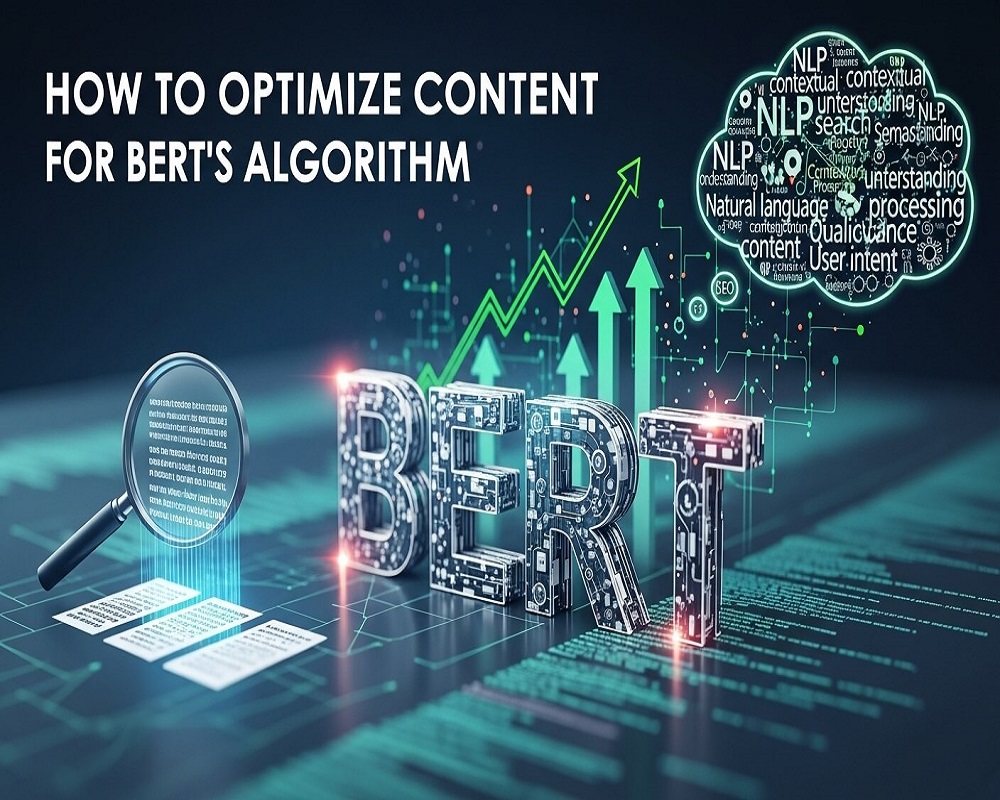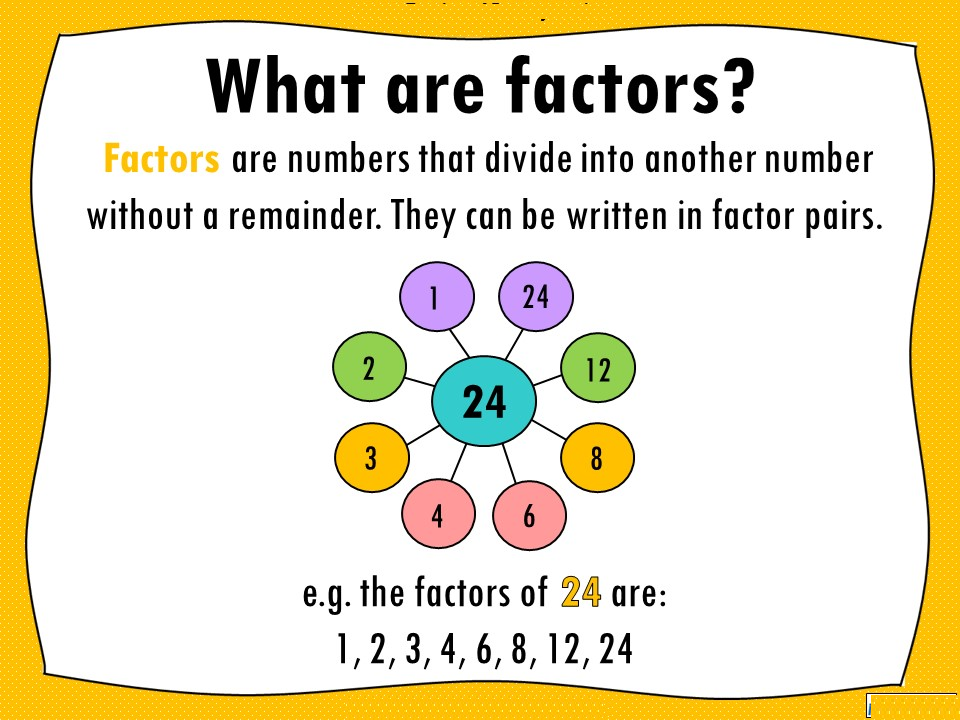Google’s BERT algorithm, introduced in 2019, transformed search by enhancing the engine’s ability to understand the nuances of natural language in queries and content. BERT, which stands for Bidirectional Encoder Representations from Transformers, enables bidirectional context analysis, allowing Google to grasp user intent with unprecedented accuracy. In 2025, with AI-driven features like overviews and multimodal searches shaping the digital landscape, optimizing content for BERT is critical for achieving topical authority and sustained search rankings. This involves moving beyond keyword-centric strategies to entity-oriented, semantic SEO practices that build comprehensive topical maps and align with user needs.
As search evolves, BERT’s influence extends to interpreting conversational queries, long-tail phrases, and contextual relationships, making it a cornerstone of modern SEO. This in-depth guide explores BERT’s mechanics, historical context, strategic importance, and actionable optimization techniques, offering a roadmap to create content that resonates with both users and algorithms. Whether you’re an SEO specialist, content creator, or business owner, implementing these strategies can lead to improved visibility, engagement, and conversions in an AI-driven search environment.
Understanding BERT: Core Principles and Functionality
BERT is a neural network-based model designed for natural language processing (NLP), pretrained on vast datasets to predict masked words and understand sentence relationships. Unlike traditional models that process text unidirectionally, BERT analyzes context bidirectionally—considering words before and after a target term—to capture subtle meanings. For example, in the query “math practice books for adults,” BERT discerns that “adults” specifies the audience, prioritizing relevant results over generic ones.
Key principles include:
- Bidirectional Training: BERT trains on entire sentences, using transformers to weigh word relationships dynamically.
- Entity Recognition: It identifies entities (people, places, things) and their attributes, building semantic networks for better intent matching.
- Contextual Embeddings: Words are represented as vectors in high-dimensional space, enabling nuanced understanding of synonyms, homonyms, and idioms.
In SEO, this means content must mirror natural human language, incorporating entities and relations to form topical clusters. For instance, optimizing for “best running shoes” involves covering entities like “cushioning,” “durability,” and “brand comparisons,” creating a semantic web that BERT can navigate effectively.
How BERT Works: A Technical Overview
BERT’s architecture relies on transformer encoders, processing input through multiple layers of attention mechanisms to generate contextual representations. The process begins with tokenization, where text is broken into subwords, followed by masking 15% of tokens for pretraining tasks like masked language modeling (MLM) and next sentence prediction (NSP).
Workflow steps:
- Input Preparation: Add special tokens like [CLS] for classification and [SEP] for separation.
- Attention Layers: Self-attention computes relevance scores between tokens, capturing long-range dependencies.
- Fine-Tuning: Adapt the pretrained model for specific tasks, such as query understanding in search.
- Output: Generate embeddings that inform ranking, with BERT integrated broadly across search queries.
In practice, BERT enhances Google’s ability to handle prepositions and conversational language, as in distinguishing “to” in “stand by someone” versus physical proximity. For SEO, this underscores the need for semantically rich content that anticipates user intent through entity attributes and relations.
The Evolution of BERT in Google’s Search Ecosystem
Launched in October 2019 for English queries, BERT expanded to over 70 languages by December 2019, marking a shift toward semantic search. It built on earlier models like RankBrain, which used machine learning for query interpretation, but BERT’s bidirectional focus provided deeper context.
By 2020, integrations with passage indexing allowed BERT to rank specific content sections. In 2025, BERT synergizes with AI-driven overviews and large language models, processing multimodal data for comprehensive results. This evolution emphasizes entity-oriented optimization, where topical authority—built through semantic networks—becomes paramount.
Why Optimize Content for BERT: Benefits and Impact on Rankings
Optimizing for BERT aligns content with user intent, reducing reliance on exact-match keywords and improving relevance signals. Benefits include higher engagement metrics, better featured snippet placements, and resilience to algorithm updates.
Key impacts:
- Intent Matching: BERT favors content addressing specific user needs, boosting click-through rates for conversational queries.
- Topical Authority: Comprehensive entity coverage establishes expertise, leading to significant traffic gains in optimized sites.
- E-E-A-T Enhancement: Semantic depth signals trustworthiness, crucial for AI-driven rankings.
In 2025, with AI reducing traditional clicks, BERT optimization ensures visibility in overviews, voice searches, and other dynamic formats.
Key Strategies for BERT Optimization Using Semantic SEO
Leverage entity-based frameworks to build topical maps, focusing on semantic intent and natural language.
- Entity Optimization: Identify core entities and attributes; e.g., for “SEO tools,” cover “features” and “comparisons.”
- Semantic Networks: Create content clusters linking subtopics via internal links.
- User Intent Alignment: Use question-based queries from tools like People Also Ask.
- Natural Language: Write conversationally, avoiding keyword stuffing.
- Structured Data: Implement schema markup for entity recognition.
- Content Chunking: Divide into 100-300 token blocks for compatibility with large language models.
- Multimodal Enhancement: Optimize images and videos with descriptive metadata.
These strategies ensure content aligns with BERT’s contextual understanding, enhancing discoverability.
Best Practices for Implementing BERT-Optimized Content
Adopt these practices for optimal results:
- Topical Maps: Outline entities, relations, and intents; e.g., hierarchical structure for “fitness routines.”
- Quality Thresholds: Ensure depth with unique, valuable insights.
- Performance Monitoring: Track rankings and engagement via analytics platforms.
- Avoid Pitfalls: Prevent over-optimization; prioritize user-focused helpfulness.
| Strategy | Description | Example |
|---|---|---|
| Entity Focus | Cover attributes | “Shoe cushioning types” |
| Intent Matching | Address queries | FAQs on “how to choose” |
Regular audits and updates maintain alignment with BERT’s evolving capabilities.
Tools and Technologies for BERT Optimization
Several tools streamline BERT optimization:
- SEO Platforms: Provide NLP analysis for content relevance.
- Content Gap Analyzers: Identify missing subtopics for comprehensive coverage.
- Analytics Tools: Offer intent insights through query and engagement data.
Integrating these tools creates a robust workflow, from keyword discovery to performance tracking.
Case Studies: Successful BERT Optimization
In semantic SEO projects, sites achieved dramatic traffic growth by building topical authority through entity networks. One example saw clicks rise from 300 to 13,000 monthly by creating interconnected content clusters. Another case demonstrated improved snippet rankings by aligning with conversational queries, leveraging BERT’s intent focus.
These successes highlight the power of semantic depth in BERT-driven search environments.
Future Trends in BERT and AI SEO
By 2026, expect deeper integrations with large language models for predictive intent matching. Multimodal search advancements will prioritize content with visual and voice optimizations, while AI-driven personalization will further refine BERT’s role in delivering tailored results.
Frequently Asked Questions
1.What is Google’s BERT algorithm?
A NLP model designed to understand query context bidirectionally.
2.How does BERT affect SEO rankings?
By prioritizing content that matches user intent semantically.
3.What is the difference between BERT and RankBrain?
BERT focuses on language context; RankBrain addresses query novelty.
4.How to use natural language in content for BERT?
Write conversationally, incorporating entities and avoiding keyword stuffing.
5.Can BERT understand multiple languages?
Yes, it supports over 70 languages effectively.
6.What tools help with BERT optimization?
SEO platforms, content gap analyzers, and analytics tools.
7.How does topical authority relate to BERT?
It enhances semantic relevance, improving rankings.
8.Is BERT used in voice search?
Yes, it excels in processing conversational queries.
9.How to measure BERT optimization success?
Monitor engagement metrics like click-through rates and dwell time.
10.What future updates might impact BERT strategies?
Advancements in AI overviews and multimodal search capabilities.
Conclusion
Optimizing for BERT through semantic SEO and topical authority future-proofs your content for evolving search landscapes. By building comprehensive topical maps and aligning with user intent, you can achieve lasting ranking gains. Start with an entity-focused audit to unlock BERT’s full potential for your site.
Saad Raza is an SEO specialist with 7+ years of experience in driving organic growth and improving search rankings. Skilled in data-driven strategies, keyword research, content optimization, and technical SEO, he helps businesses boost online visibility and achieve sustainable results. Passionate about staying ahead of industry trends, Saad delivers measurable success for his clients.





